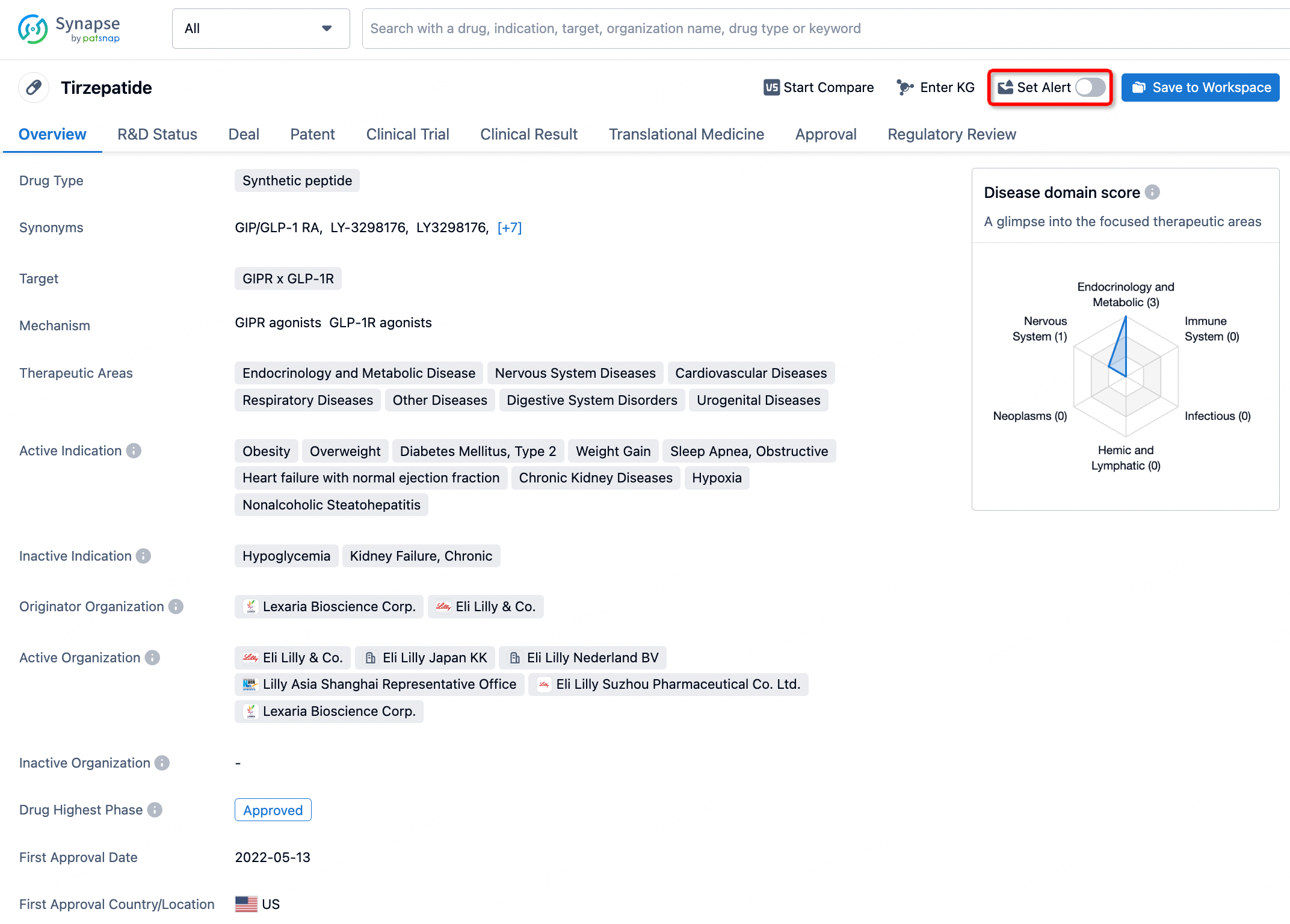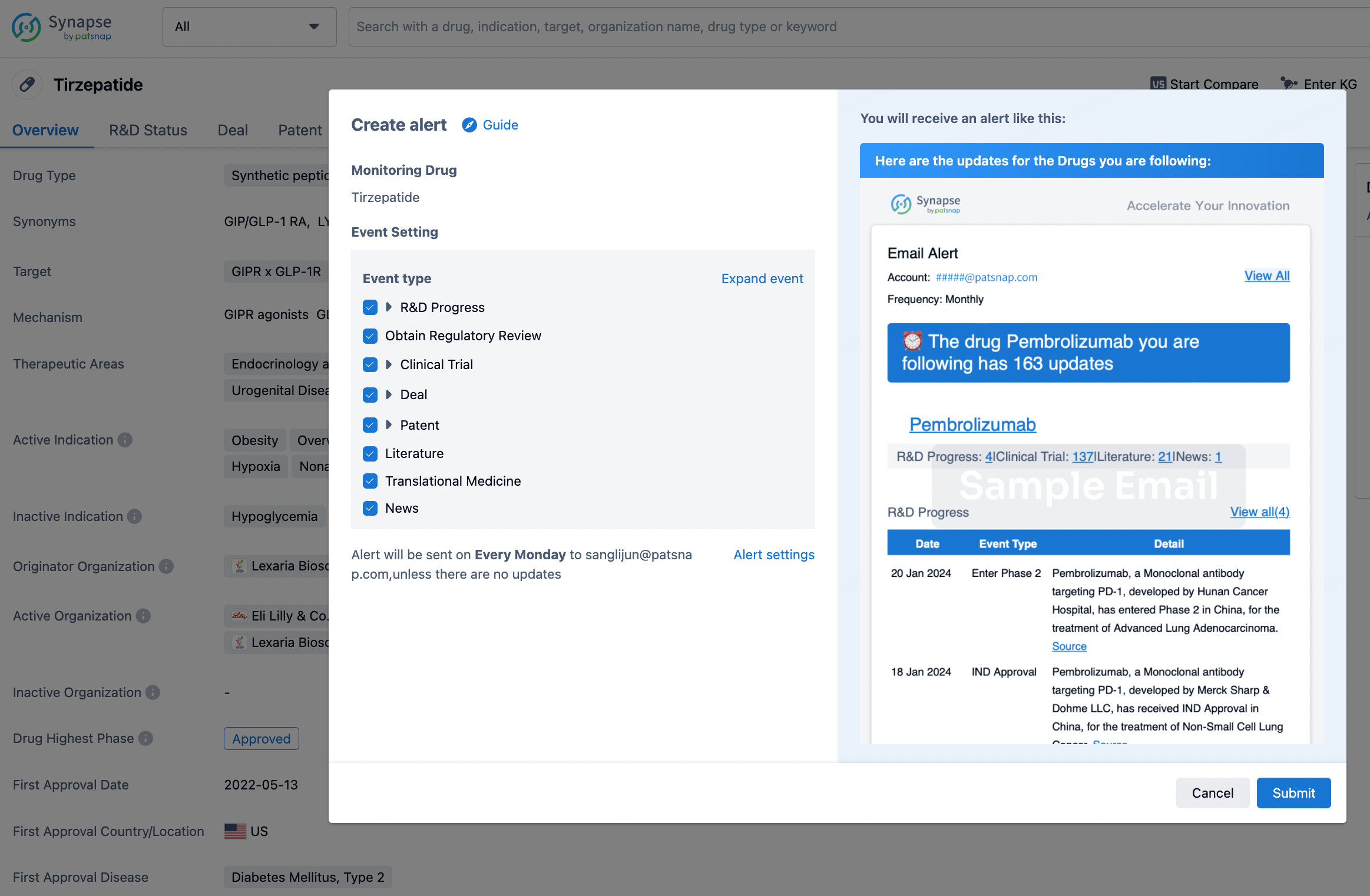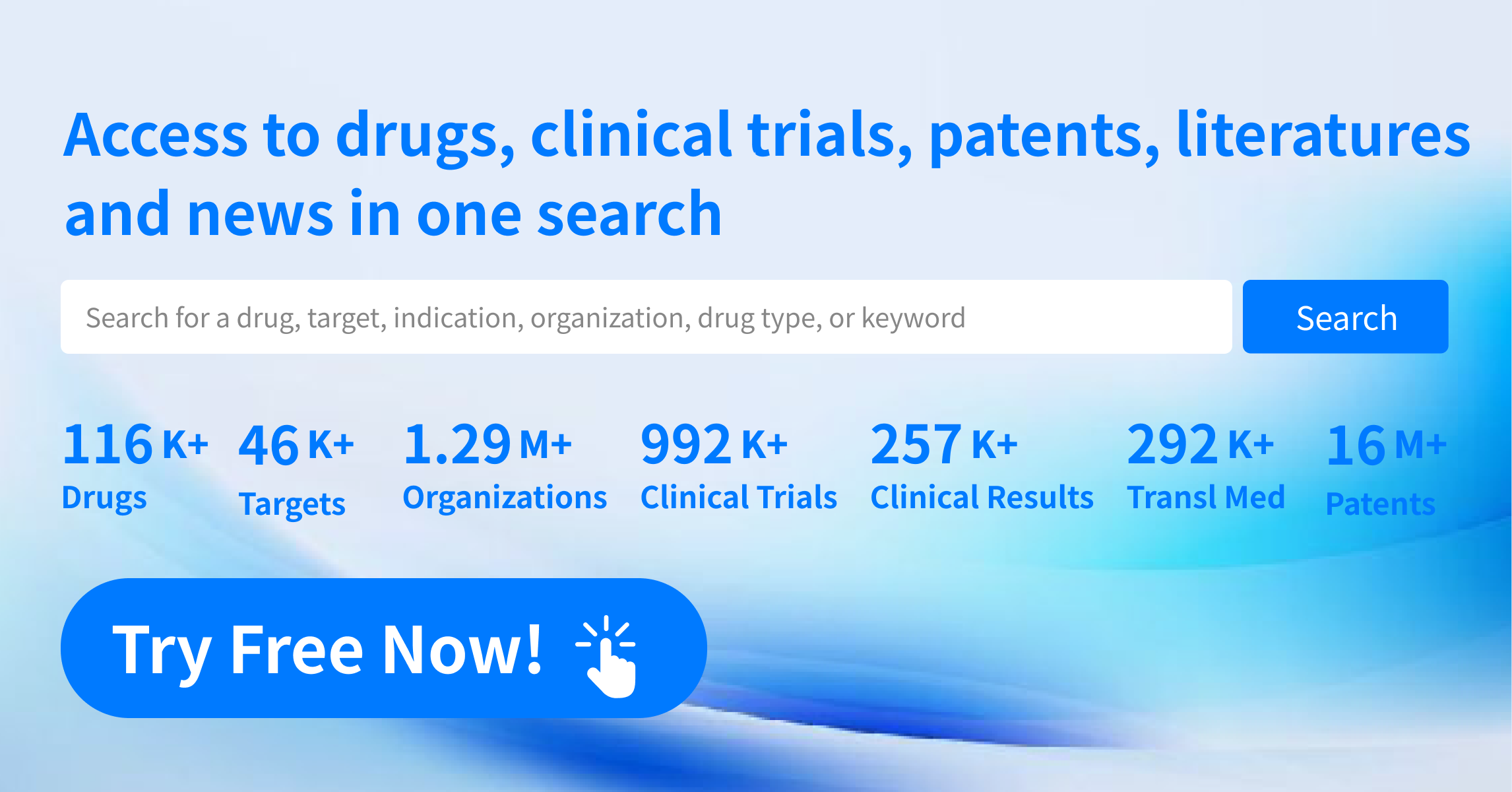Request Demo
What is Atendol used for?
15 June 2024
Atendol, also known by its generic name atenolol, is a widely prescribed medication primarily used to treat cardiovascular conditions such as hypertension (high blood pressure) and angina (chest pain). It belongs to a class of drugs known as beta-blockers. These medications work by blocking the action of certain natural chemicals in the body, such as epinephrine, on the heart and blood vessels. This effect lowers the heart rate, blood pressure, and strain on the heart. Atendol was first introduced by AstraZeneca, one of the leading pharmaceutical research institutions, and has since become a staple in the treatment of cardiovascular diseases. Over the years, numerous clinical trials and research studies have validated its efficacy and safety, making it a trusted option for millions of patients worldwide.
Atendol is often recommended for patients with high blood pressure to prevent strokes, heart attacks, and kidney problems. It is also prescribed to manage symptoms of angina and improve survival after a heart attack. Researchers continue to explore additional benefits and potential new indications for Atendol, including its use in other cardiovascular and non-cardiovascular conditions. As a result, it remains an active subject of research and discussion within the medical community.
Atendol Mechanism of Action
The primary mechanism by which Atendol exerts its therapeutic effects is through the selective blockade of beta-1 adrenergic receptors in the heart. These receptors are part of the sympathetic nervous system and play a crucial role in regulating heart rate, contractility, and overall cardiac output. Normally, when the body releases stress hormones like epinephrine (adrenaline), they bind to beta-1 receptors, which leads to an increase in heart rate and the force of heart muscle contraction.
By blocking these receptors, Atendol diminishes the influence of adrenaline on the heart. This results in a slower heart rate (negative chronotropic effect), reduced force of contraction (negative inotropic effect), and decreased workload on the heart. Consequently, blood pressure is lowered, and the heart requires less oxygen, which helps alleviate the symptoms of angina.
Atendol is also thought to have some additional effects, such as improving the balance between the oxygen supply and demand in the heart muscle and stabilizing heart rhythms in patients with arrhythmias. These effects contribute to its overall efficacy in managing various cardiovascular conditions.
How to Use Atendol
Atendol is typically administered orally in the form of tablets, but it can also be given intravenously in a clinical setting for acute management of certain conditions. The dosage and frequency of administration depend on the specific condition being treated, the severity of the condition, and the individual patient's response to the medication.
For hypertension, the usual starting dose of Atendol is 25-50 mg once daily, which may be gradually increased based on the patient's blood pressure response. The maintenance dose typically ranges from 50-100 mg per day. For angina, the dose is often similar, but the titration may vary depending on symptom control and tolerance.
In cases of acute myocardial infarction (heart attack), Atendol may be administered intravenously under close medical supervision, followed by oral dosing. The onset of action for oral Atendol is generally within 1-2 hours, with peak effects observed within 2-4 hours. The duration of action typically lasts 24 hours, allowing for once-daily dosing in most cases.
It is essential to follow the prescribed dosing regimen and not to abruptly discontinue Atendol without medical advice, as sudden withdrawal can lead to adverse cardiovascular events such as worsening angina or, in severe cases, heart attack.
What is Atendol Side Effects
While Atendol is generally well-tolerated, it is not without potential side effects. Common side effects include fatigue, dizziness, lightheadedness, and gastrointestinal issues such as nausea and diarrhea. Some patients may also experience cold extremities due to reduced blood flow to the hands and feet.
More serious but less common side effects can include bradycardia (abnormally slow heart rate), hypotension (abnormally low blood pressure), and heart block (a condition where the electrical signals in the heart are partially or completely blocked). Allergic reactions, though rare, can occur and may manifest as rash, itching, swelling, severe dizziness, or difficulty breathing.
Certain populations should use Atendol with caution. These include patients with asthma or other bronchospastic conditions, as beta-blockers can potentially exacerbate bronchospasm. It is also contraindicated in patients with severe bradycardia, overt cardiac failure, and certain types of heart block without a pacemaker.
Patients with diabetes should be aware that Atendol can mask some of the symptoms of hypoglycemia (low blood sugar), such as rapid heartbeat. Therefore, regular monitoring of blood glucose levels is advised. Similarly, patients with thyroid disorders should be cautious, as beta-blockers can mask the symptoms of hyperthyroidism (overactive thyroid).
What Other Drugs Will Affect Atendol
Several drugs can interact with Atendol, potentially affecting its efficacy and safety profile. For instance, other antihypertensive medications, such as calcium channel blockers (e.g., verapamil, diltiazem) and other beta-blockers, can have additive effects on lowering blood pressure and heart rate, which may necessitate dose adjustments and careful monitoring.
Nonsteroidal anti-inflammatory drugs (NSAIDs), such as ibuprofen and naproxen, can reduce the antihypertensive effect of Atendol, potentially leading to suboptimal blood pressure control. Additionally, medications that affect the cytochrome P450 enzyme system, such as certain antidepressants and antipsychotics, can influence the metabolism and clearance of Atendol, necessitating dose adjustments.
Other drugs that can interact with Atendol include antiarrhythmics (e.g., amiodarone), which can further affect heart rate and rhythm, and insulin or oral hypoglycemic agents, which can increase the risk of hypoglycemia. It is crucial to inform healthcare providers of all medications being taken, including over-the-counter drugs and supplements, to manage potential drug interactions effectively.
In conclusion, Atendol is a well-established beta-blocker with a proven track record in managing cardiovascular conditions such as hypertension and angina. Understanding its mechanism of action, proper usage, potential side effects, and drug interactions is essential for optimizing therapy and ensuring patient safety. As research continues, Atendol remains a vital component of cardiovascular care, helping millions of patients lead healthier lives.
Atendol is often recommended for patients with high blood pressure to prevent strokes, heart attacks, and kidney problems. It is also prescribed to manage symptoms of angina and improve survival after a heart attack. Researchers continue to explore additional benefits and potential new indications for Atendol, including its use in other cardiovascular and non-cardiovascular conditions. As a result, it remains an active subject of research and discussion within the medical community.
Atendol Mechanism of Action
The primary mechanism by which Atendol exerts its therapeutic effects is through the selective blockade of beta-1 adrenergic receptors in the heart. These receptors are part of the sympathetic nervous system and play a crucial role in regulating heart rate, contractility, and overall cardiac output. Normally, when the body releases stress hormones like epinephrine (adrenaline), they bind to beta-1 receptors, which leads to an increase in heart rate and the force of heart muscle contraction.
By blocking these receptors, Atendol diminishes the influence of adrenaline on the heart. This results in a slower heart rate (negative chronotropic effect), reduced force of contraction (negative inotropic effect), and decreased workload on the heart. Consequently, blood pressure is lowered, and the heart requires less oxygen, which helps alleviate the symptoms of angina.
Atendol is also thought to have some additional effects, such as improving the balance between the oxygen supply and demand in the heart muscle and stabilizing heart rhythms in patients with arrhythmias. These effects contribute to its overall efficacy in managing various cardiovascular conditions.
How to Use Atendol
Atendol is typically administered orally in the form of tablets, but it can also be given intravenously in a clinical setting for acute management of certain conditions. The dosage and frequency of administration depend on the specific condition being treated, the severity of the condition, and the individual patient's response to the medication.
For hypertension, the usual starting dose of Atendol is 25-50 mg once daily, which may be gradually increased based on the patient's blood pressure response. The maintenance dose typically ranges from 50-100 mg per day. For angina, the dose is often similar, but the titration may vary depending on symptom control and tolerance.
In cases of acute myocardial infarction (heart attack), Atendol may be administered intravenously under close medical supervision, followed by oral dosing. The onset of action for oral Atendol is generally within 1-2 hours, with peak effects observed within 2-4 hours. The duration of action typically lasts 24 hours, allowing for once-daily dosing in most cases.
It is essential to follow the prescribed dosing regimen and not to abruptly discontinue Atendol without medical advice, as sudden withdrawal can lead to adverse cardiovascular events such as worsening angina or, in severe cases, heart attack.
What is Atendol Side Effects
While Atendol is generally well-tolerated, it is not without potential side effects. Common side effects include fatigue, dizziness, lightheadedness, and gastrointestinal issues such as nausea and diarrhea. Some patients may also experience cold extremities due to reduced blood flow to the hands and feet.
More serious but less common side effects can include bradycardia (abnormally slow heart rate), hypotension (abnormally low blood pressure), and heart block (a condition where the electrical signals in the heart are partially or completely blocked). Allergic reactions, though rare, can occur and may manifest as rash, itching, swelling, severe dizziness, or difficulty breathing.
Certain populations should use Atendol with caution. These include patients with asthma or other bronchospastic conditions, as beta-blockers can potentially exacerbate bronchospasm. It is also contraindicated in patients with severe bradycardia, overt cardiac failure, and certain types of heart block without a pacemaker.
Patients with diabetes should be aware that Atendol can mask some of the symptoms of hypoglycemia (low blood sugar), such as rapid heartbeat. Therefore, regular monitoring of blood glucose levels is advised. Similarly, patients with thyroid disorders should be cautious, as beta-blockers can mask the symptoms of hyperthyroidism (overactive thyroid).
What Other Drugs Will Affect Atendol
Several drugs can interact with Atendol, potentially affecting its efficacy and safety profile. For instance, other antihypertensive medications, such as calcium channel blockers (e.g., verapamil, diltiazem) and other beta-blockers, can have additive effects on lowering blood pressure and heart rate, which may necessitate dose adjustments and careful monitoring.
Nonsteroidal anti-inflammatory drugs (NSAIDs), such as ibuprofen and naproxen, can reduce the antihypertensive effect of Atendol, potentially leading to suboptimal blood pressure control. Additionally, medications that affect the cytochrome P450 enzyme system, such as certain antidepressants and antipsychotics, can influence the metabolism and clearance of Atendol, necessitating dose adjustments.
Other drugs that can interact with Atendol include antiarrhythmics (e.g., amiodarone), which can further affect heart rate and rhythm, and insulin or oral hypoglycemic agents, which can increase the risk of hypoglycemia. It is crucial to inform healthcare providers of all medications being taken, including over-the-counter drugs and supplements, to manage potential drug interactions effectively.
In conclusion, Atendol is a well-established beta-blocker with a proven track record in managing cardiovascular conditions such as hypertension and angina. Understanding its mechanism of action, proper usage, potential side effects, and drug interactions is essential for optimizing therapy and ensuring patient safety. As research continues, Atendol remains a vital component of cardiovascular care, helping millions of patients lead healthier lives.
How to obtain the latest development progress of all drugs?
In the Synapse database, you can stay updated on the latest research and development advances of all drugs. This service is accessible anytime and anywhere, with updates available daily or weekly. Use the "Set Alert" function to stay informed. Click on the image below to embark on a brand new journey of drug discovery!
AI Agents Built for Biopharma Breakthroughs
Accelerate discovery. Empower decisions. Transform outcomes.
Get started for free today!
Accelerate Strategic R&D decision making with Synapse, PatSnap’s AI-powered Connected Innovation Intelligence Platform Built for Life Sciences Professionals.
Start your data trial now!
Synapse data is also accessible to external entities via APIs or data packages. Empower better decisions with the latest in pharmaceutical intelligence.


